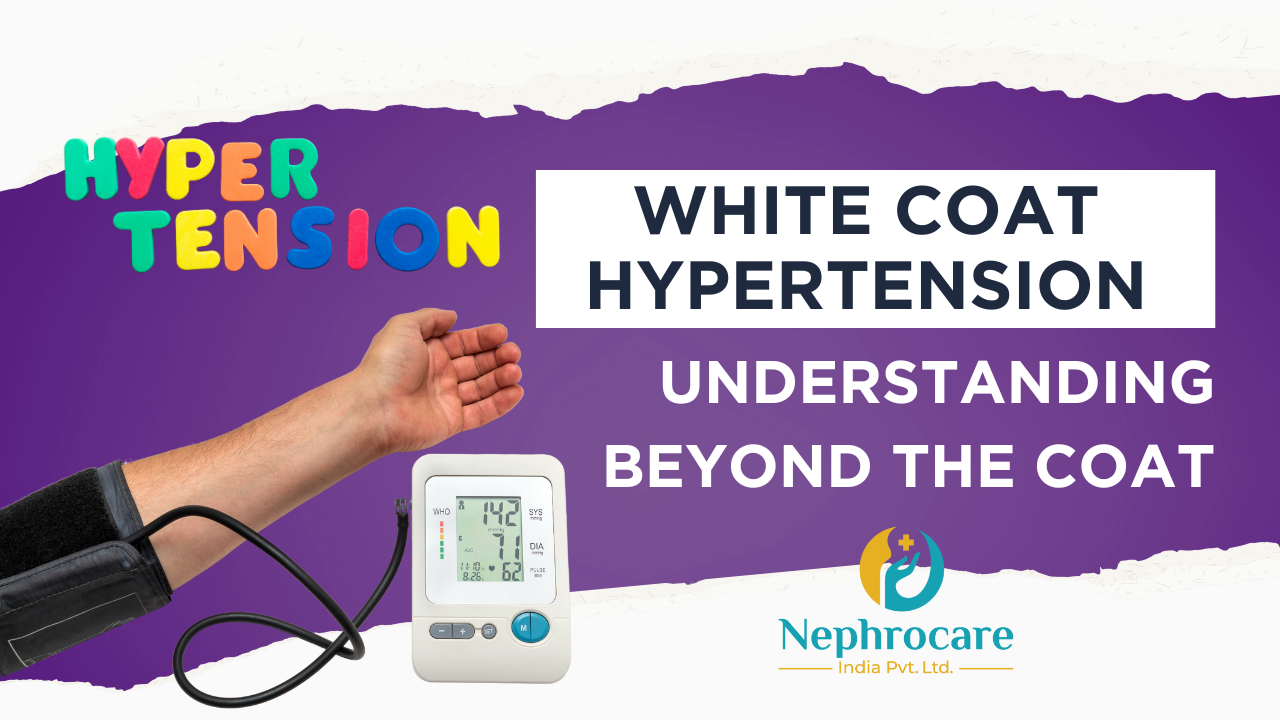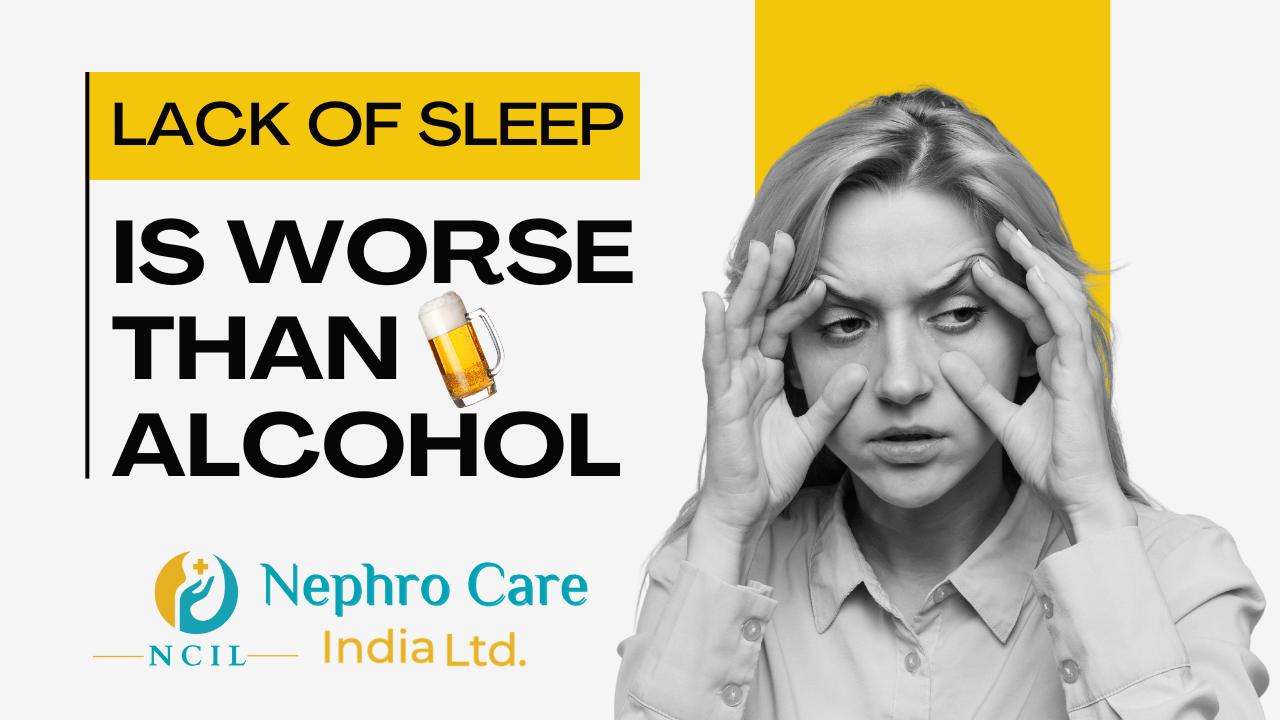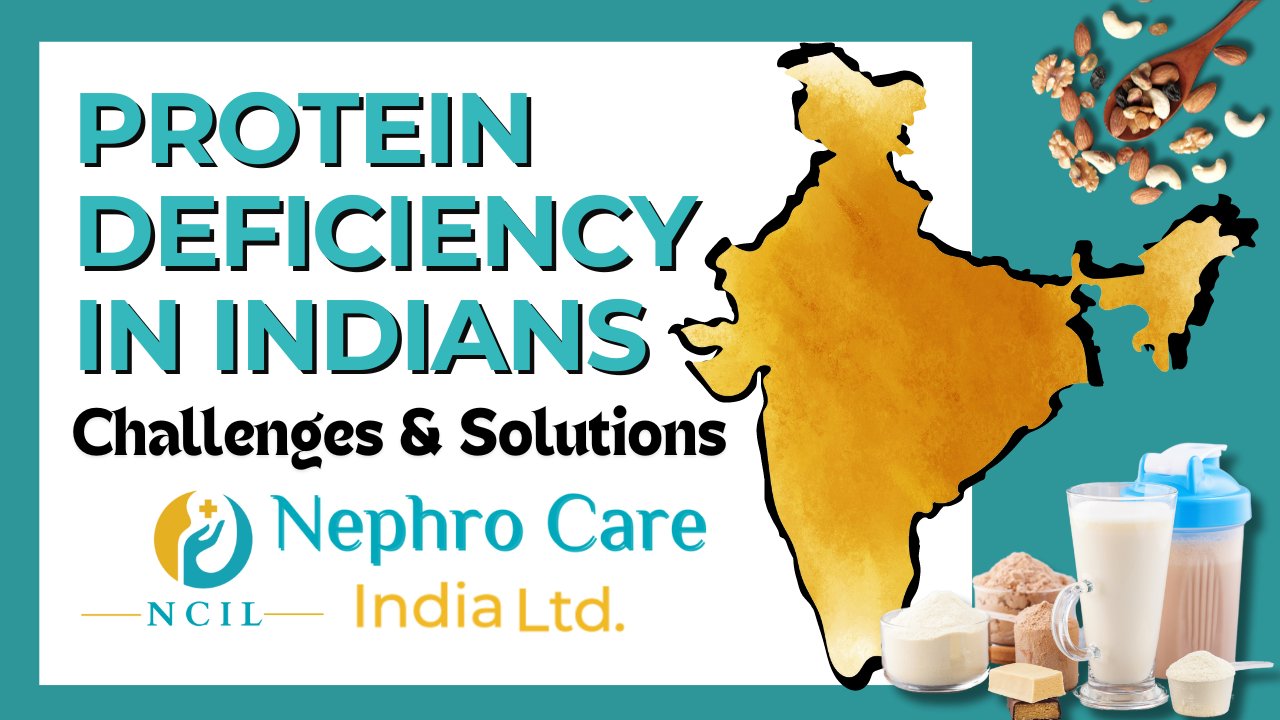
- 267
- 0
Understanding White Coat Hypertension: Beyond the Coat
White Coat Hypertension (WCH), often referred to as “white coat syndrome,” is a phenomenon that has puzzled both patients and healthcare providers for decades. This condition occurs when blood pressure readings are higher in a clinical setting, such as a doctor’s office or clinic, compared to readings taken outside of this environment. In this blog, we will delve into the intricacies of white coat syndrome, exploring its causes, implications, and management strategies.
What is White Coat Hypertension?
White coat hypertension is a temporary increase in blood pressure that occurs when a person is in a medical setting, typically when their blood pressure is being measured by a healthcare professional. The term “white coat” refers to the traditional white coats worn by doctors, symbolizing the association of this phenomenon with medical environments.
Causes of White Coat Hypertension:
Several factors contribute to the development of white coat hypertension:
Anxiety and Stress: The anticipation of a medical examination or the presence of healthcare professionals can trigger anxiety and stress, leading to a temporary rise in blood pressure.
Apprehension about Blood Pressure Measurement: Some individuals may feel anxious or nervous about having their blood pressure taken, which can result in elevated readings.
Autonomic Nervous System Response: The body’s autonomic nervous system, responsible for regulating involuntary bodily functions, may react to the clinical setting by temporarily increasing blood pressure.
Implications of WCH:
While white coat hypertension is generally considered benign, it can have significant implications for both patients and healthcare providers:
Misdiagnosis: Elevated blood pressure readings in a clinical setting may lead to a misdiagnosis of hypertension, potentially resulting in unnecessary medication and interventions.
Increased Healthcare Costs: Unnecessary medical tests, consultations, and treatments stemming from white coat syndrome can contribute to healthcare expenditure.
Patient Anxiety: Continuously elevated blood pressure readings during medical visits can exacerbate patient anxiety and stress, creating a cycle of heightened blood pressure responses.
Management Strategies for WCH:
Effective management of white coat hypertension involves a combination of patient education, lifestyle modifications, and appropriate blood pressure monitoring techniques:
Home Blood Pressure Monitoring: Encouraging patients to monitor their blood pressure at home using a home blood pressure monitor or an ambulatory blood pressure monitor (ABPM). Which can provide more accurate readings and help differentiate between white-coat hypertension and sustained hypertension. An ABPM is a device that a person typically wears for 24 hours.
Relaxation Techniques: Teaching patients relaxation techniques such as deep breathing, meditation, or progressive muscle relaxation can help alleviate anxiety and reduce blood pressure spikes in medical settings.
Lifestyle Modifications: Emphasizing the importance of a healthy lifestyle, including regular exercise, a balanced diet, weight management, and stress reduction, can help control blood pressure levels overall.
Medication Consideration: In some cases, healthcare providers may recommend antihypertensive medication for patients with white coat syndrome who demonstrate sustained elevated blood pressure readings outside of the clinical setting.
For further information on blood pressure fluctuation, click below👇

Conclusion:
White coat hypertension is a common phenomenon that highlights the complex interplay between psychological factors and physiological responses. By understanding the causes and implications of WCH, healthcare providers can implement effective management strategies to prevent misdiagnosis, reduce patient anxiety, and promote overall cardiovascular health. Through patient education, lifestyle modifications, and appropriate monitoring techniques, individuals can navigate the challenges posed by WCH and achieve better control of their blood pressure both inside and outside the doctor’s office.
To know more about blood pressure control, click here 👇

Comment
Check Your EGFR
***We Promise, no spam!






